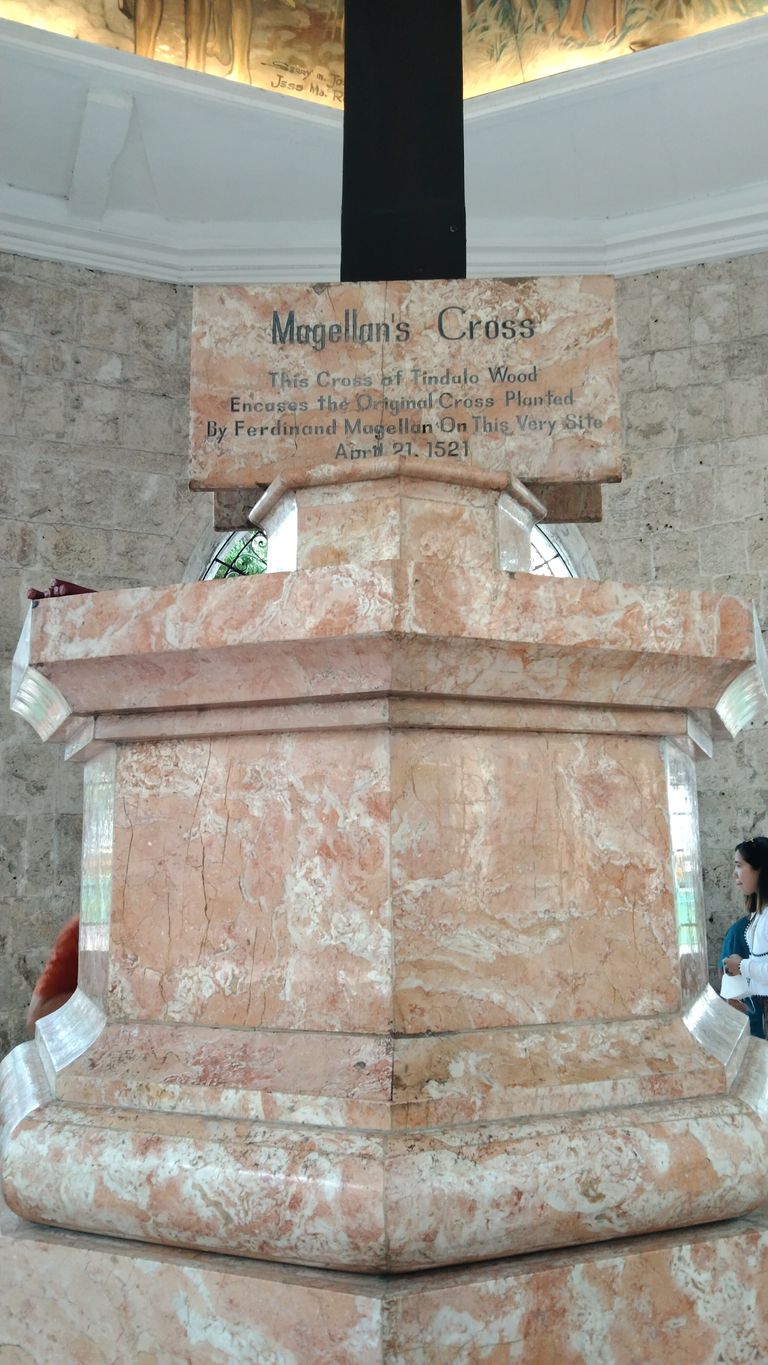
Dagkot is a deeply rooted religious tradition that has been practiced for generations in certain regions and communities around the world. It involves visiting a church or a sacred place and lighting a candle as a symbolic gesture to offer prayers and express gratitude or seek divine favor.
The word "Dagkot" originates from a local term that signifies the act of igniting a candle. It represents the illumination of one's intentions and desires through the flickering flame, which is believed to carry the prayers and wishes to the heavens. This tradition holds great significance for individuals seeking spiritual solace, guidance, protection, or blessings in their lives.

To participate in Dagkot, individuals usually make a deliberate pilgrimage to a church, chapel, or any other holy site. These locations are often chosen for their sacred atmosphere, historical significance, or the presence of a revered religious figure. The ambiance of such places is serene and comforting, providing a tranquil environment conducive to introspection and prayer.
Upon arriving at the chosen sacred place, devotees will approach a designated area where candles are provided. These candles are often simple, cylindrical in shape, and made of wax or beeswax. The lighting of the candle represents the initiation of a spiritual connection and serves as a physical manifestation of one's intentions and supplications.
As the candle's flame is ignited, individuals may enter a state of deep contemplation or recite prayers silently or aloud. It is during this time that they express their gratitude for blessings received, ask for forgiveness, seek guidance in difficult times, or request divine intervention for personal or collective needs.

The act of lighting a candle in Dagkot is also associated with a communal aspect, as it is common for family members, friends, or even strangers to engage in this tradition together. This shared experience fosters a sense of unity, support, and a collective desire to connect with the divine.
The lighting of a candle in Dagkot is believed to hold symbolic power. The flame, which represents the divine presence, is seen as a source of hope, enlightenment, and spiritual cleansing. It is a visual reminder of the connection between the physical and the spiritual realms, as well as a symbol of the believer's faith and devotion.
Dagkot serves as a personal and intimate practice, allowing individuals to establish a deeper connection with their faith and the divine. It is a time-honored tradition that continues to provide solace, comfort, and a means of expressing gratitude and seeking divine intervention in various aspects of life.